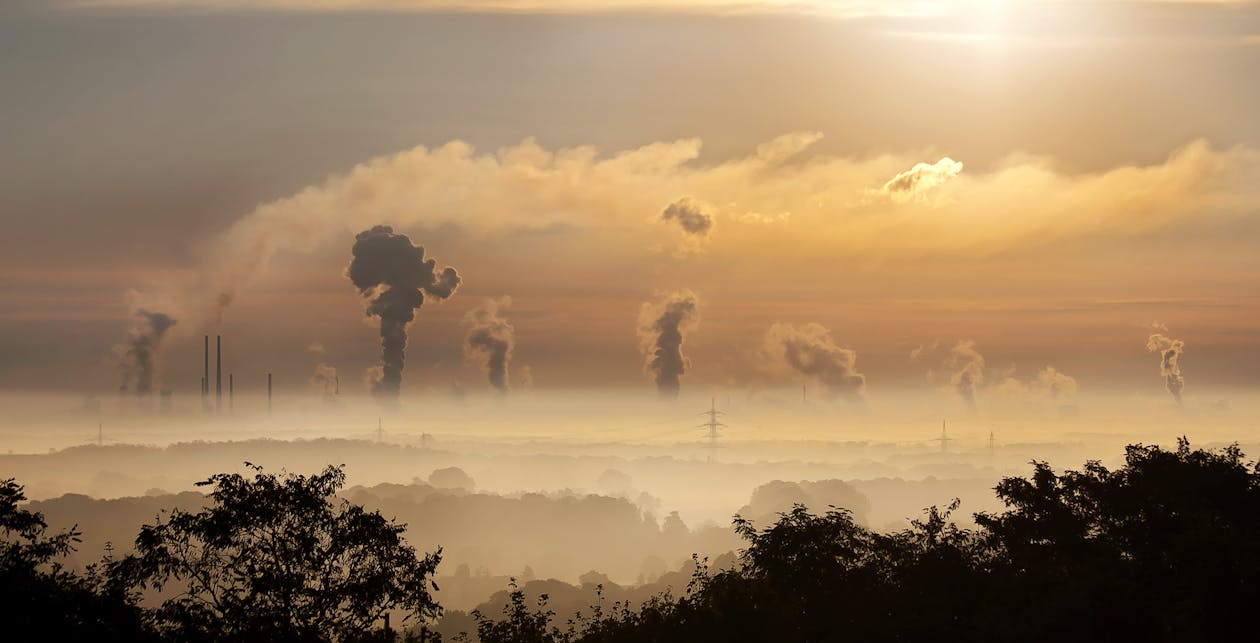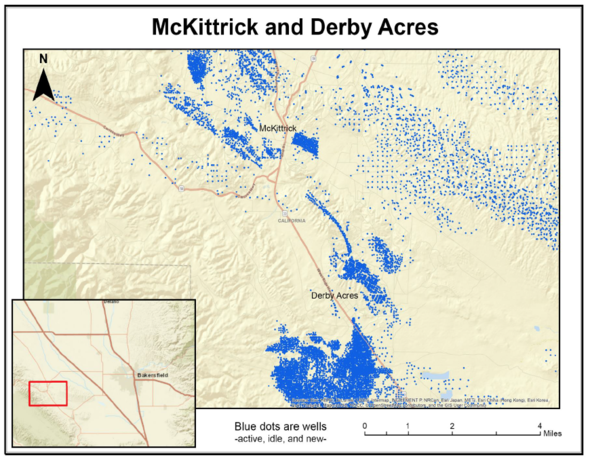The California Air Resources Board (CARB) just adopted a new plan to bring the San Joaquin Valley air basin into compliance with four federal standards for fine particulate pollution by the regulatory deadlines set by the US.Environmental Protection Agency (USEPA). For more information: CARB PM2.5 Plan
Photo Credit: CARB
Measures for reducing emissions include:
- New regulations targeting emissions from heavy-duty trucks, including an inspection and maintenance program, a low-NOx engine standard and a low-emission diesel fuel requirement
- Tightened controls on residential wood-burning stoves and fireplaces, and enhanced incentives for cleaner-burning alternatives
- Enhanced incentives for purchase of cleaner agricultural equipment and commercial underfired charbroilers
- A suite of measures to reduce emissions of NOx from flares, including flares at refineries, oil fields and landfills, internal combustion engines and boilers, among other sources.
For more information: CARB PM2.5 Plan



